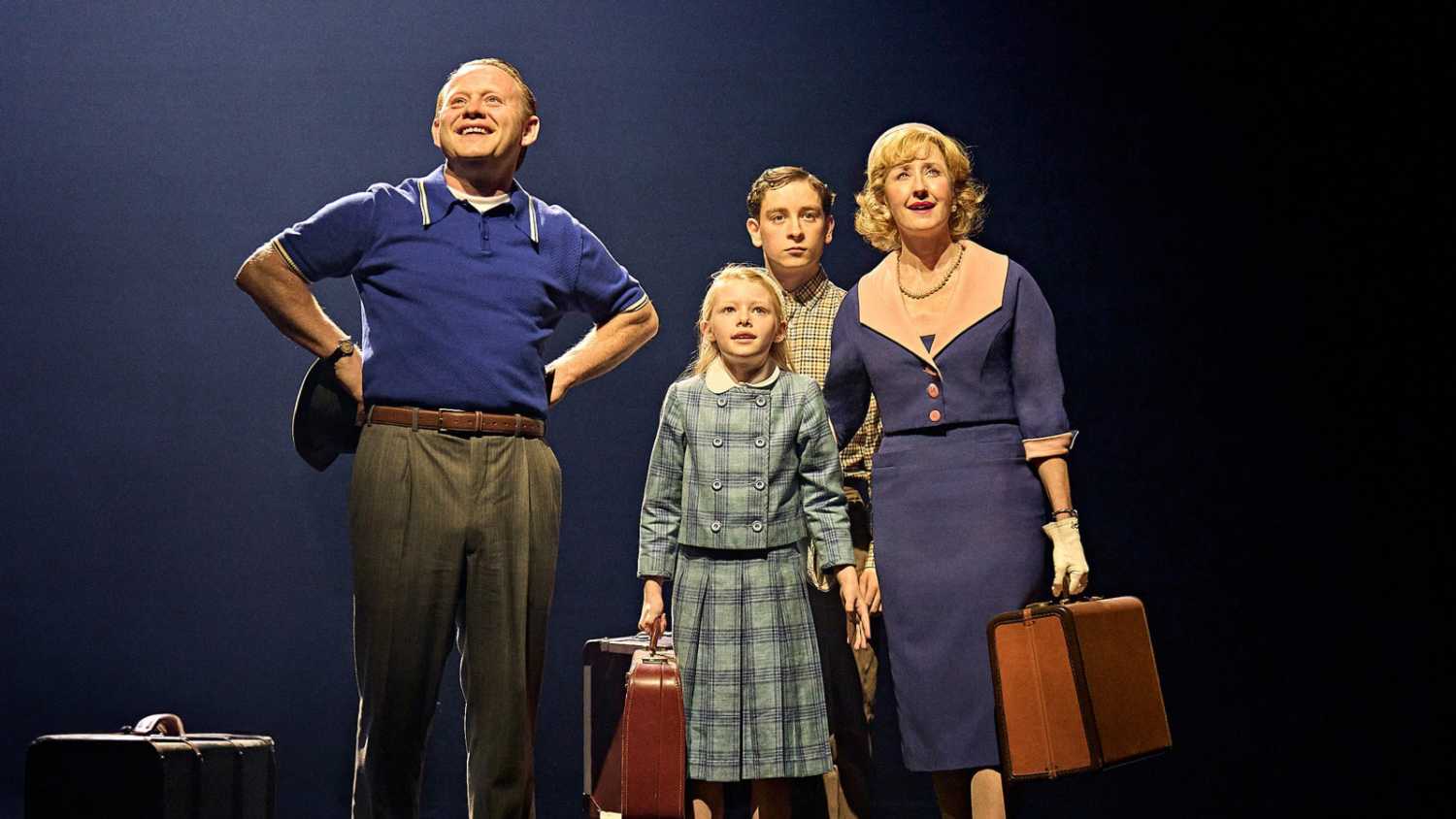Meyer delivers for Stranger Things prequel
- Details

The prequel show, which serves as an origin story for the Netflix series, ties together the past, present, and future of fictional Hawkins, Indiana. The stage production was brought to life by a creative team, with an original story by show creators Matt and Ross Duffer and writers Kate Trefry and Jack Thorne; direction by Stephen Daldry and Justin Martin and a sound design by Paul Arditti with associate sound designers Rob Bettle (focused on realising the system design) and Christopher Reid (working closely with Paul on content creation).
For the stage production, which the creators intended to feel “like a mega-episode of the show,” Arditti and Reid created an immersive sonic experience that’s rich in references to the supernatural TV series. “We knew from the outset that we needed to give the show the visceral power of the Netflix series,” Arditti explains. “We wanted to deliver incredible illusions, horror, and stage magic, backed up with a wall-to-wall sound and music score.”
As a period piece set in 1959, the show’s soundscape and musical cues are evocative of that era. “I use a lot of sounds which were or could have been produced by contemporaneous electrical and electronic sources,” says Arditti. “We also draw on the worlds of space exploration, science fiction, the Cold War, surveillance technology, radio, and television.” Arditti and composer DJ Walde also employed ring modulators, tape echoes, oscillators, and theremins to craft space-age effects.
To deliver a highly dynamic soundscape that would surround the audience with its power, the sound design team turned to a Meyer Sound system, provided by Stage Sound Services. “Like every aspect of the show, it was clear that the sound needed to be epic,” says Bettle. “Choosing a Meyer Sound system meant that we were confident that we could deliver the extremely high SPLs required for some of the effects and music while maintaining a clear and coherent vocal system.”
The team provided specifications for Meyer Sound’s low-profile ULTRA‑X20, ULTRA‑X40, ULTRA‑X42, and UP‑4slim loudspeakers to deliver an encompassing sonic experience without compromising the visual experience. “I can’t speak highly enough of these loudspeakers,” says Arditti.
“The ULTRA-Xs sound like giants but look like near-fills. They are super flexible - we use them in single point-source portrait orientation on the proscenium and also in landscape orientation in splays of two and three speakers above the pros. The sheer quality of the sound, the smooth coverage, and the punchy dynamic range -especially given the compact size - is nothing short of awesome.”
UP-4slim ultracompact installation loudspeakers are used for delays, front-fills, and side-fills. “They complement the ULTRA-Xs perfectly, with that same crisp voicing and wide dispersion. They are also capable of very high SPLs without any apparent effort,” says Arditti.
“Keeping the profile down in delays makes a big difference, and the UP-4slim is amazing for its size,” adds Phil Hurley, director of Stage Sound Services. “We’re excited to provide the first 2100-LFCs in the West End, and they’re on a great show that is using them with great effect.”
Find out more about Stranger Things: The First Shadow in an upcoming issue of LSi . . .















